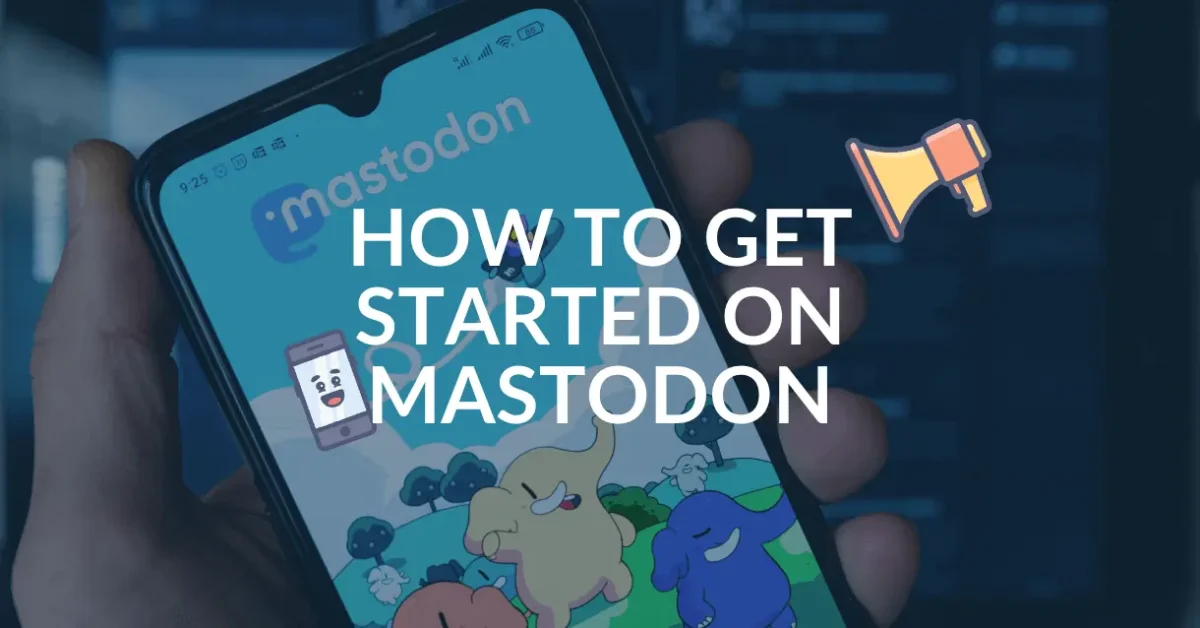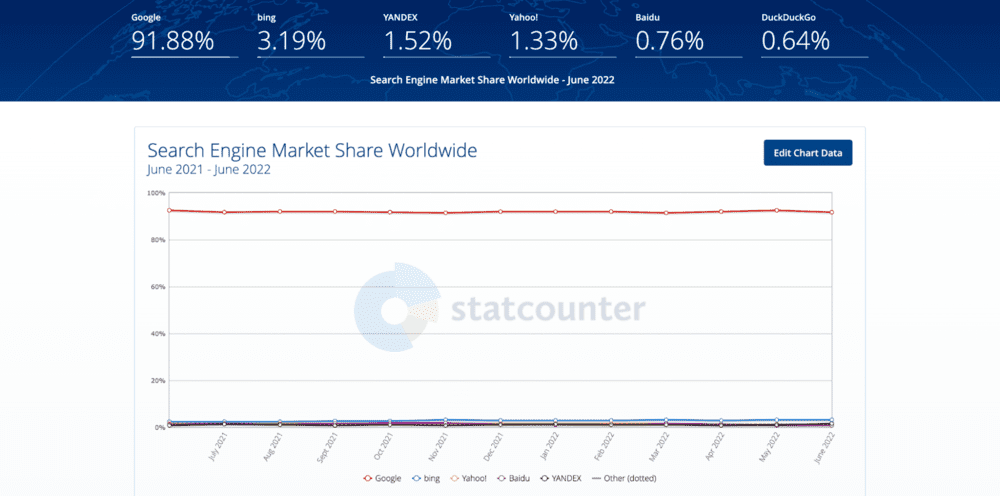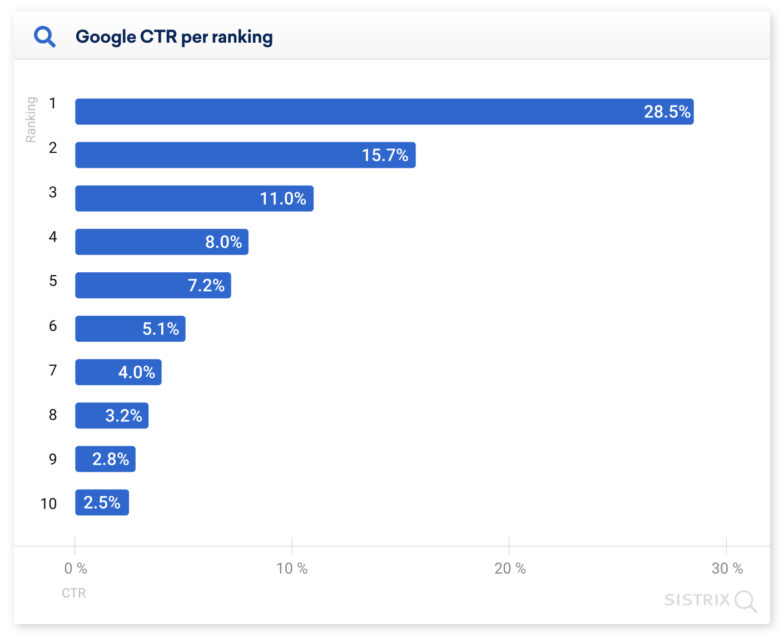TikTok SEO: a complete guide to ranking and discovery
Learn TikTok SEO: how TikTok search works, where to put keywords, hashtag and audio strategy, keyword research tools, and how to measure discoverability.
What is TikTok SEO and how it differs from traditional search
TikTok SEO is the practice of optimizing short-form videos, profiles, captions, and hashtags so your content appears in TikTok search results and on the For You feed. It focuses on aligning video metadata and creative choices with how TikTok’s recommendation system reads intent and relevance to maximize discovery. Unlike web SEO, results depend more on rapid behavioral feedback and content format fit, so strong videos can rank quickly while weak ones fade fast.
How TikTok SEO differs from traditional (Google) SEO
This difference matters because Google primarily ranks pages to satisfy explicit informational queries using signals like query relevance, quality, and experience, while TikTok leans into discovery-first behavior and entertainment intent. Google’s guidance emphasizes people-first content and topical expertise for satisfying information needs, which shapes classic keyword research and on-page structure according to Google’s documentation on creating helpful content. On TikTok, optimization centers on packaging ideas for quick comprehension and engagement, then iterating based on watch behavior rather than long-form depth.
The signals TikTok leans on
Understanding TikTok’s signals helps you prioritize what to tweak first for reliable gains. TikTok states its system weights user interactions (watch time, rewatches, likes, shares, comments), video information (captions, sounds, hashtags), and context settings, which elevates behavioral signals like retention and rewatches over static metadata according to TikTok’s explanation of recommendations. Short-form rank, therefore, hinges on immediate engagement quality, recency, and the audio/caption pairing more than backlink profiles or page structure.
Why TikTok SEO matters for brands and creators
This focus matters because TikTok can deliver outsized reach and efficient awareness for organic content, especially in niche queries where few quality videos exist. Usage is broad and growing, with 33 percent of U.S. adults and 62 percent of adults ages 18 to 29 using TikTok according to a 2024 Pew Research Center overview of social media adoption Pew Research Center. For many teams, the marginal cost per impression is low in organic environments, so consistent, high-retention videos compound discovery across searches, sounds, and related-topic clusters.
How measurement and experimentation shift on-platform
This shift changes how you measure success and how you run experiments week to week. Prioritize watch time, average watch duration, completion rate, and two-step engagement (profile taps, follows) in analytics, then A/B creative elements like hooks, captions, and sounds to see which variant lifts retention according to TikTok’s creator analytics guidance. Treat keywords as hypotheses you validate with real viewer behavior, and double down on topics that consistently earn search placements and sustained retention while watching how engagement signals move the needle.












